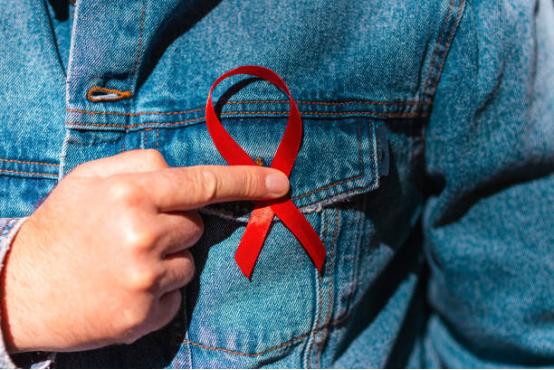The Future of HIV Treatment and Prevention (2025)
Since its emergence in the 1980s, HIV has remained a global health issue, affecting millions of people. While a complete cure is yet to be discovered, continuous advancements in medical research have led to more effective treatments that help individuals manage the virus and lead healthier lives. This article explores the latest developments in HIV treatment and prevention.
Since its emergence in the 1980s, HIV has remained a global health issue, affecting millions of people. While a complete cure is yet to be discovered, continuous advancements in medical research have led to more effective treatments that help individuals manage the virus and lead healthier lives. This article explores the latest developments in HIV treatment and prevention.

How ART Helps Control HIV
Antiretroviral Therapy (ART) is the foundation of HIV treatment. This combination of medications works by suppressing viral replication, reducing the viral load, and preventing disease progression. Though it does not eliminate the virus, ART allows individuals to maintain a strong immune system and significantly lowers the risk of AIDS-related complications.
New HIV Medications Improving Treatment Options
Medical advancements have introduced more effective treatment options, such as Biktarvy, a single-pill regimen that simplifies HIV management. Another breakthrough is Lenacapavir, a long-acting injectable drug developed for those with multidrug-resistant HIV. These innovations offer improved outcomes and greater convenience.
The Rise of Long-Acting HIV Therapies
Managing daily medication can be challenging for some individuals. To address this, Cabenuva, a long-acting injectable treatment, offers a more convenient alternative by reducing dosing frequency to once a month or every two months. This approach enhances treatment adherence and overall patient well-being.
PrEP: A Game-Changer in HIV Prevention
Pre-Exposure Prophylaxis (PrEP) is a powerful preventive tool against HIV infection. Taken daily, it is highly effective in reducing transmission risks, particularly for those at high risk, including individuals in serodiscordant relationships or those engaged in high-risk activities.
Addressing Social Stigma and Raising Awareness
Despite medical progress, stigma and discrimination continue to hinder treatment access. Many people avoid seeking help due to fear of judgment. Public education and awareness initiatives play a vital role in breaking down these barriers, encouraging acceptance, and ensuring that more individuals receive the care they need.
Conclusion
With innovative medications, long-acting treatments, and effective preventive strategies, HIV treatment is more advanced than ever. While the search for a cure continues, these developments are transforming lives, providing hope for a future where HIV is no longer a global threat.